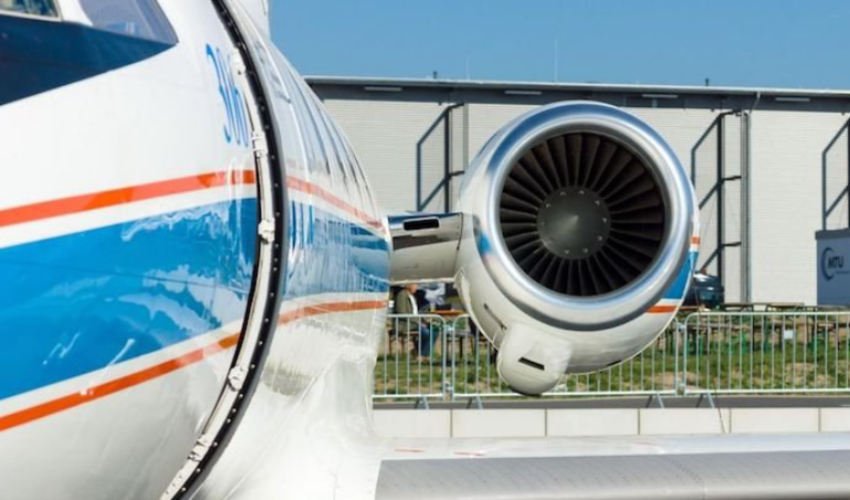Honeywell 3D prints a critical engine part, the first one to receive FAA certification

Today, a large number of manufacturers involved in the aerospace sector try to actively incorporate 3D printing technologies into their production processes. From BAE Systems collaborating with Stratasys, to Lufthansa opening a dedicated AM center, to US Air Force working with GE Additive – companies are using 3D printing in order to reduce lead times, reduce costs, and basically fabricate parts that are hard to make with conventional methods. Honeywell first embraced metal additive manufacturing back in 2007, and today they 3D print hundreds of different aircraft components. Over the years, the international conglomerate has worked with various AM companies, including SLM Solutions and Velo3D. Recently, Honeywell has announced that it reached an important milestone in additive manufacturing for aeronautics – the company has 3D printed the first FAA certified, flight-critical engine part.
The part, known as the #4/5 bearing housing, is a critical component of the ATF3-6 turbofan engine used on Dassault Falcon 20G – a maritime patrol aircraft used by the French Navy for patrol and search-and-rescue missions. The ATF3-6 engine was designed back in the 1960s, and today there are only about a dozen still flying, which entails sourcing and supply chain problems as it is extremely costly to replace the engine parts due to the low quantity of orders placed. That’s where the additive manufacturing technology steps in: it allows to 3D print the parts rapidly and in smaller quantities, without the need for expensive tools.

The Dassault Falcon 20G aircraft (Photo: Dassault Aviation)
“Though there aren’t many in service, Honeywell is responsible for supporting and maintaining these engines. We had to find a way to address these supply chain issues and keep these aircraft flying,” said Jon Hobgood, vice president of manufacturing engineering, Honeywell Aerospace. “We were able to use our expertise in additive manufacturing to produce the qualified part much faster, reducing our lead time from approximately two years to two weeks.”
Malfunction or failure of the #4/5 bearing housing part would put passengers and crew in grave danger and could cause detrimental damage to an aircraft. That’s why this part is considered to be “flight-critical” by regulatory bodies. As the result, such safety-critical parts face increased scrutiny and must be approved by regulatory organizations like the Federal Aviation Administration (FAA) before they can be used on an aircraft. Honeywell has been working with the FAA on the development and certification of multiple additively manufactured components. The #4/5 bearing housing part became the first component to get approved under the FAA delegated authority.
“This is a major milestone for Honeywell because it demonstrates the maturity of our additive manufacturing operations and paves the way for us to print more certified, flight-critical parts in the future,” commented Hobgood. “It also is a major win for the additive industry, as flight-critical parts face heavy scrutiny and high standards for qualification and installation on aircraft, but this shows it can be done.”
What do you think about Honeywell using 3D printing technologies? Let us know in a comment below or on our Facebook and Twitter pages! Sign up for our free weekly Newsletter, all the latest news in 3D printing straight to your inbox!








As long as MTFR is the same and the machined part and the 3d part were compared in structure using xray and electronmicrosopy, this will be the future of all parts manuf. Deposition repair is already being used in fan repair. Failure is not an option if tech is to move forward.